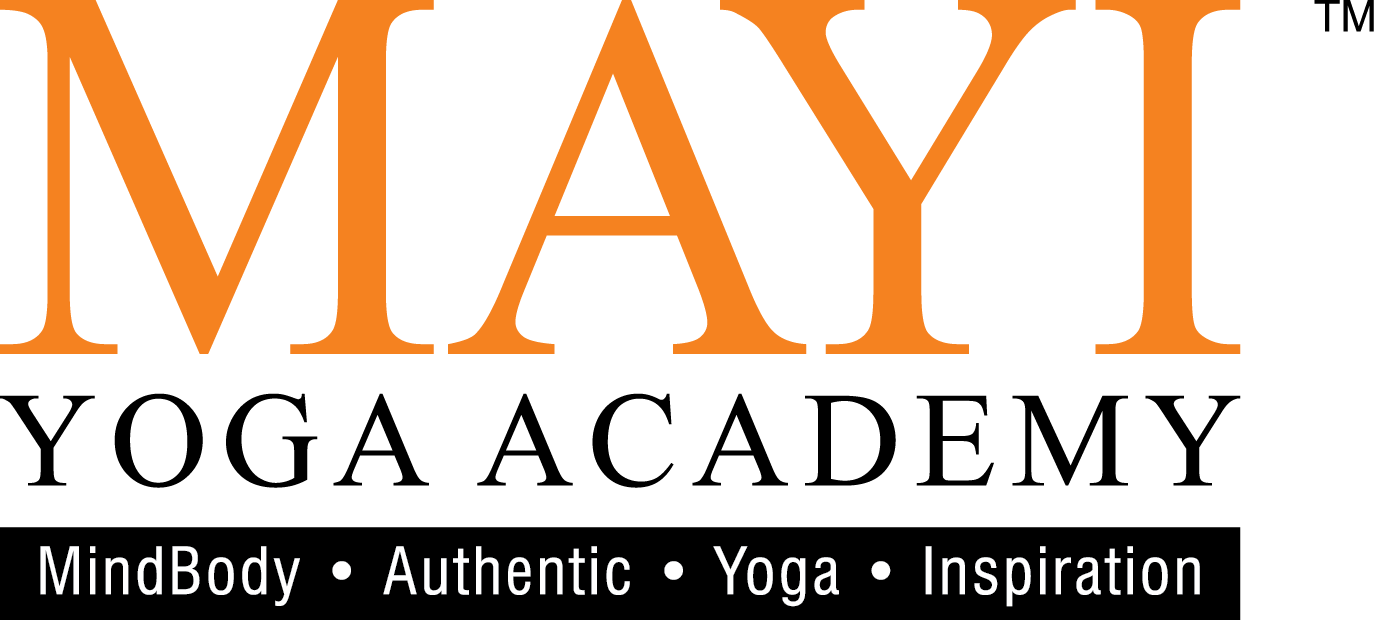The Science of Meditation
- August 19, 2017
- Posted by: admin
- Category: Articles by Practitioners,

By Sivabalan
Today, interestingly science has researched and acknowledged many findings on the benefits of meditation. The art of meditation has been in existence since thousands of years ago, and it had aided in man’s inner transformation since ages ago.
Meditation is a science. Since ancient times, philosophers knew that a person’s external circumstance is the result of his internal environment.
This inter-relation is the nucleus of meditation. Meditation relates to a healthy body and mind. When the mind is able to concentrate fully on the practices of yoga, the purification of body and mind would take place. Without a healthy mind and body, meditation is still possible, but will require tremendous effort and expert guidance from an experienced teacher.
Before looking deeper into meditation, let’s look into the basics of human nature. Knowledge is gained through the 5 senses, which is the ability to hear, see, taste, feel and smell. Sage Patanjali in Yoga Sutra, has classified the mind according to 4 different functions: Manas for resolving and doubting; Buddhi for decision and judgment; Ahamkara for the consciousness of its individual existence and Chitta for remembering past experiences. Human behaviour can be understood from this perspective.
Only humans have the capability to be aware and think. We are able to plan our week ahead and live our lives accordingly. Our mind has the capacity to store plenty of memories. These memories contribute to the way we behave today. For example, while driving we do not think when and how to shift a gear or handle the steering. There’s an autopilot mode that contributes to our action and reaction.
Due to the ability to think, we are able to plan. But in a difficult situation, our mind can generate self-defeating thoughts that halt our progress in life.
While the mind is a vast collection of thoughts and traces of past experiences, Dhyana (meditation) and Pranayama (a breathing technique to expand the prana) are tools to awaken the awareness within the mind.
Meditation is a process where the heightened awareness level deepens the self-realisation process — a process to break the existing belief systems and alleviate it to a more matured thought pattern. When we have heightened the awareness, liberation from self-defeating thoughts and liberation from doubt are possible while achieving mental clarity and good health. The process of meditation checks and balances our emotion and behaviours, which contribute to our reaction and action, in a specific situation, eventually, resetting the autopilot system, which was built earlier.
The Process of Meditation: The Connection between Body, Breath and Mind
Meditation is a natural process. Research has proven that yoga and meditation will increase the brain energy and help with cognitive, emotional, and sensory data in the brain. Out of many practises available, Pantajali’s Yoga Sutra defines yoga as a focusing of the attention to whatever object is being contemplated to the exclusion of all others. In Patanjali’s scripture, there are eight steps to awaken the awareness level. These Ashtanga, or eight limbs of yoga, are: Yamas (focus on behaviours towards the social), Niyamas (focus on attitudes towards ourselves), Asanas (physical posture practises), Pranayama (practises on breath control), Pratyahara (relaxation of the senses), Dharana (concentration), Dhyana (meditation), and Samadhi (self-realisation or the state of being aware of own self). This process systematically shifts our awareness from body to mind and lastly guides us to be aware of the inner-self.
In meditation, we silence the mind or achieve to minimise noises in the mind. For a starter, it will be a challenge to have only one thought to concentrate on as our senses are already trained to focus more on the outer world rather than internally.
To overcome this issue, a beginner is recommended to start with yoga postures and relaxation first. This will lead to the ability to concentrate and eventually lead to the state of meditation.
Along with the practices, the breath will be the core element that will be utilised to transition from one phase to another. Breath will be our vehicle to migrate from being aware of the physical body to mind and only then we’ll learn to slowly tame the noises in the mind.

When the mind is tamed and silenced through concentration, then the practise will deepen inner self-exploration where the clarity of thought and the creative sides are experienced.
As we progress in meditation, great importance is given specifically to purify the body with a proper blend of dietary plan, which consist of herbs and other natural food. The element of food is given so much of importance because it directly influences our health, and the quality of meditation. This is the key to pursuing meditation further. As we progress, we should be able to regulate the eating, sleeping, recreation and work habits. These adjustments will cleanse and rejuvenate the body to develop a focused mind, which will imbibe alertness, steadfastness and capability, to pursue further growth in the process of meditation.
Ultimately, the goal of meditation is not just of the body, but also the liberty of the mind to experience the supreme synchronisation of the mind and the universe. As a person is being in this position, one is never shaken, even in the midst of great difficulties. This indeed is believed to be actual freedom from all miseries. Established consequently, one never departs from the truth where it leads to greater achievement.
